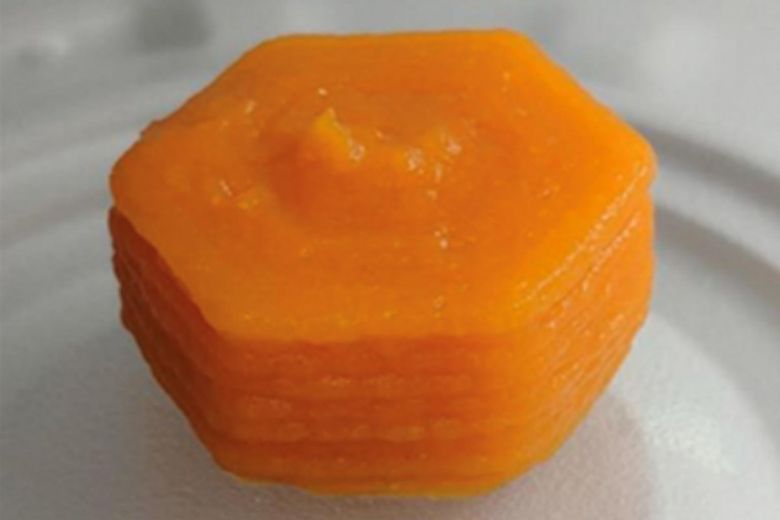3D-printed food can be created in appealing shapes after being pureed and contain the necessary nutrients. Additive manufacturing – often known as 3D printing – might seem more suited to high-tech industrial factories, but it can support many other sectors, such as healthcare, a panel discussion said yesterday.
.
Khoo Teck Puat Hospital (KTPH) senior principal dietitian Gladys Wong said 3D-printed food can feed the elderly and those with chewing or swallowing difficulties, such as patients with stroke, progressive dementia and those who might be too frail to eat. But most pureed food does not look appetising and may be rejected by patients, resulting in malnutrition. This is where 3D-printed food can be created in appealing shapes, while being pureed and containing the necessary nutrients. Ms Wong said: “We (can) personalise palatable and visually presentable pureed food (to create) a dignified and pleasurable dining experience that is affordable… “So we […]
Click here to view original web page at www.straitstimes.com






























0 Comments